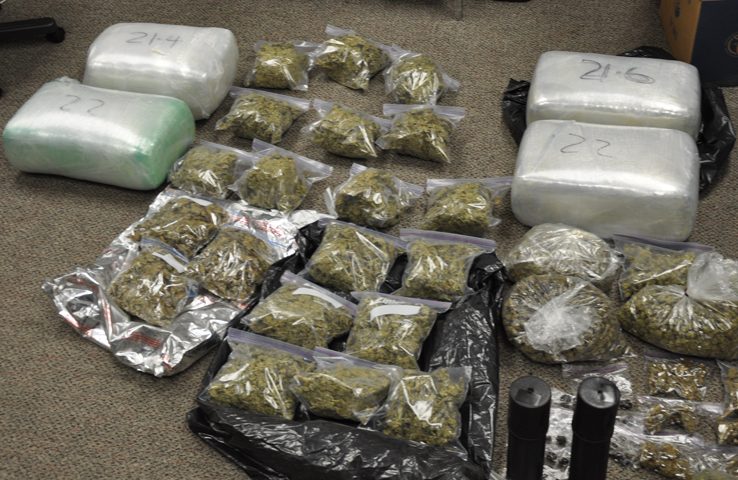Drug Trafficking
For decades, the Coast of East Africa has been a known and preferred heroin trafficking route from the production areas in Afghanistan and Pakistan. In recent years, a number of countries have reported significantly huge seizures of heroin a clear indication of the intricate and entrenched operations of the syndicates involved in this illicit trade. Whereas these drugs are in the majority of cases in transit to overseas markets, the availability of heroin in smaller quantities for local use is apparent and rampant. Aside from heroin, the other drugs with significant trafficking trends in the region are cannabis which is grown and used widely in the region and accounts for about 95% of illicit drug use in Eastern Africa; cocaine which has also been intercepted in huge quantities in the past and crystal meth whose production and trafficking has risen are emerging concerns with Eastern Africa gaining prominence as an alternative cocaine trafficking route the main route being of through West Africa. Yet another emerging concern in the region is the growing use of New Psychoactive Substances and the threat of drug trafficking over the dark net.
The effects that these drugs have had on the larger population and on young people in particular, is devastating to say the least.
In response to this challenge, member countries have either individually or under the EAPCCO and INTERPOL umbrellas been carrying out operations targeting the trafficking and illicit trade in drugs. Operations such as USALAMA and LIONFISH MIHADARATI have not only led to widespread seizures of a variety of drugs but also led to enhanced information sharing and cooperation among member countries.

The Council of Police Chiefs has also been instrumental in urging countries to harmonize drug legislation in order to enhance punishment of offenders.
On capacity building, member countries have received and continue to receive support from INTERPOL, EAC and UNODC among other partners.

